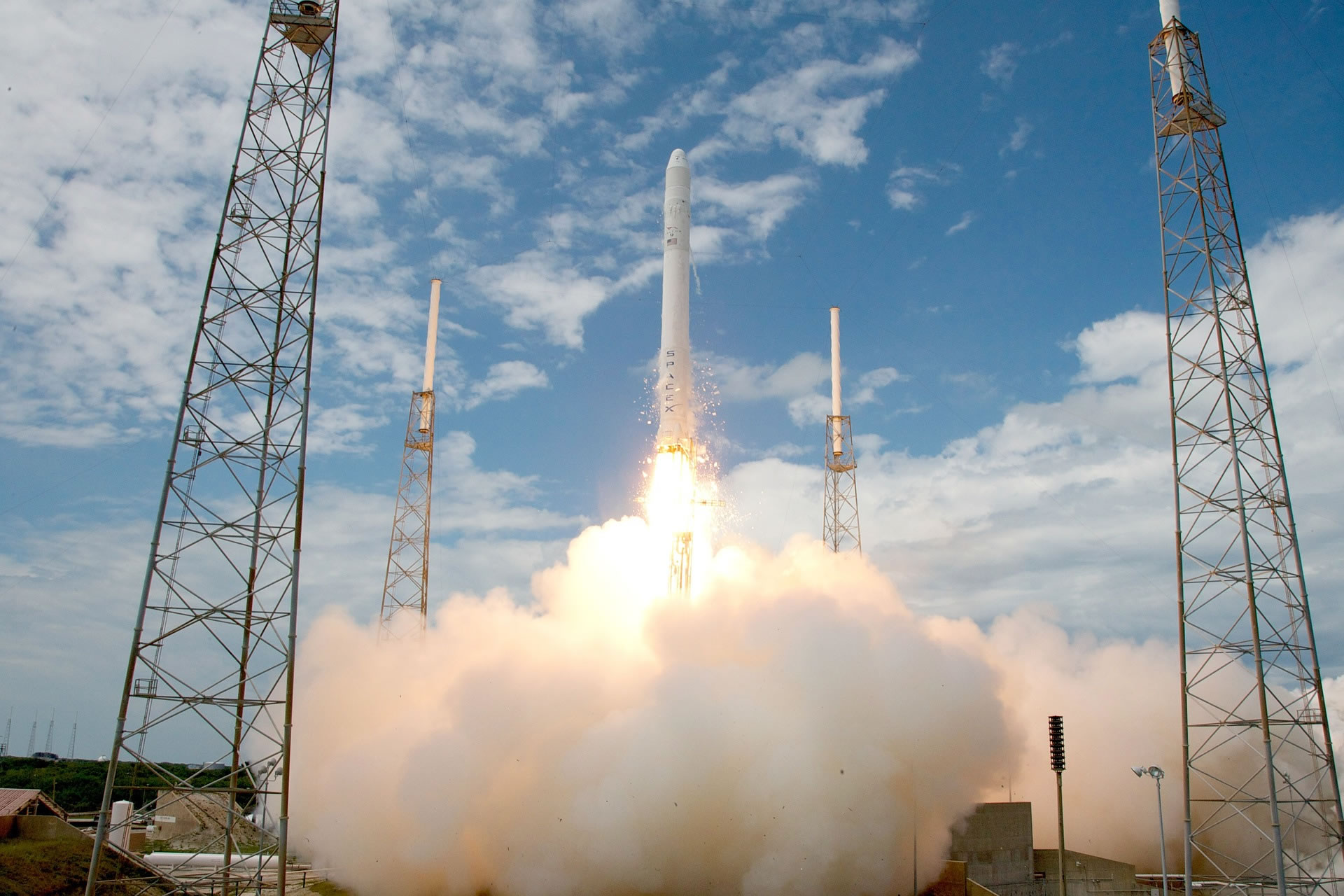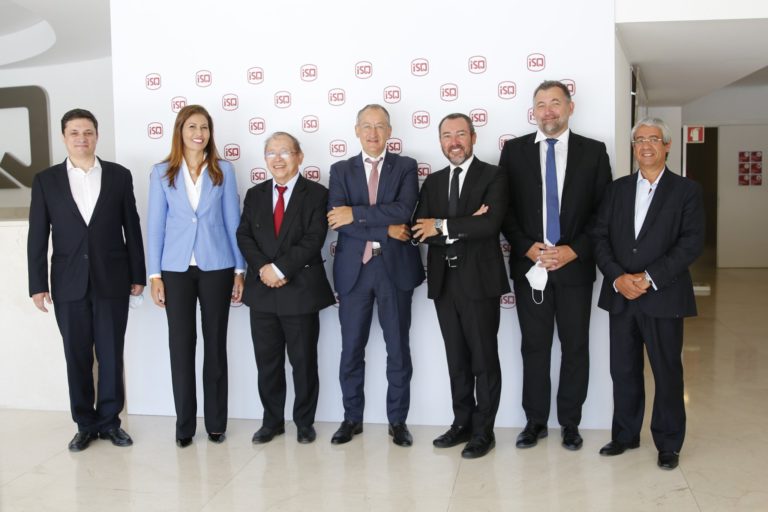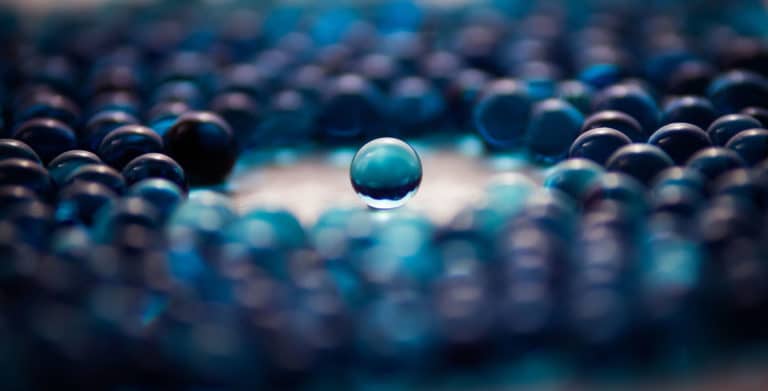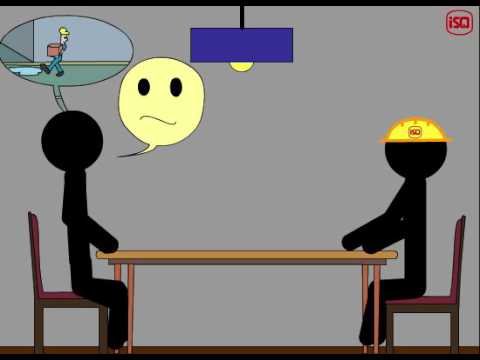NEW PRIDE SPACECRAFT WILL RELY ON ISQ TESTING
Competence, dedication, creativity or focus on results are qualities recognised to the ISQ team by Giorgio Tumino, responsible for the IXV Programme of the European Space Agency (ESA). A set of qualities that, together with its strong technological capacity, led ISQ to participate in the various tests that the new PRIDE spacecraft (Programme for Reusable In-orbit Demonstrator in Europe) will require in the short term.
What is the importance of IXV to Europe and how would it contribute to Europe’s affirmation in this sector?
Europe is now recognised in the space community as one of the most successful space actors. Over the last decades, Europe demonstrated a flawless know-how in launching in space any type of missions with the Ariane and Vega launchers family, in operating in orbit any kind of spacecraft, in performing complex space operations, such as docking the Automated Transfer Vehicle – ATV) to the International Space Station, in achieving deep space operations as evidenced through the complex Rosetta and Philae missions.
However, unlike the Americans, Russians and Chinese, there was one remaining field of space activities that Europe did not master in the past, and this was the capability to safely return objects from space through the atmosphere down to Earth. Such capability is a cornerstone for a wide scope of space applications ranging from planetary exploration, sample return missions, future launchers, spacecraft, crew and cargo transportation, unmanned space vehicles for on-orbit satellite servicing, and several other innovative applications in the field of space and aeronautics. The IXV mission definition, development and implementation provided Europe with the capability to return from Space to Earth. The IXV mission success on 11 February 2015 enabled various systems and technologies to be pioneered, including a full re-entry from orbital speeds with an un-winged lifting-body system with extraordinary performances as compared to alternative capsules like the Russian Soyuz or the American Space Shuttle, with in-flight qualification of critical atmospheric re-entry technologies such as large advanced reusable ceramic matrix composites and hot structures whose ground qualification included the facilities and tests carried out at the ISQ Material and Thermodynamic and Aeronautical Labs.
How do you evaluate the participation of ISQ in this programme and which are the main advantages?
The ISQ Material and Thermodynamic and Aeronautical Labs provided an extremely valuable support to the IXV mission for the characterisation and performance evaluation of all the advanced materials, in particular the reinforced ceramic matrix composites which were part of the vehicle reusable thermal protection system, as well as the design and performance of critical development and qualification testing. The work of ISQ was of the utmost importance for the successful completion of the IXV development and qualification programme, in particular since the test articles and conditions were quite unique, requiring competence, talent and creativity to tailor test equipment and execute very complex tests with ad-hoc test procedures.
I would like to take this opportunity to thank the whole ISQ team involved in the IXV development and qualification programme for the outstandingexperience, dedication and commitment to results shown during the testing activities. The ISQ team was able to cope with any unforeseen event, fully meeting the specific needs of the programme.
How do you see the partnership between ESA and ISQ?
The cooperation with ISQ will certainly continue in the near future. The ISQ team already involved in the IXV development and qualification programme is considered a very important partner for the future. More specifically, the IXV follow-on programme named PRIDE is just started, building on the system and technological know-how acquired through the IXV mission experience, developing a reusable spacecraft capable to go to orbit, operate payloads in orbit, and safely return to Earth with high ground landing accuracy, most probably in Santa Maria in the Azores, to be reused for multiple missions.
Therefore, since reusability will be one of the most critical aspects to be demonstrated through this development, the involvement of the ISQ team’s expertise in the testing and analysis stage for advanced reusable thermal protection materials will be a must in the implementation of the development and qualification programme. More precisely, the involvement of ISQ may be envisaged in the short term for all materials and structures characterisation tests, fatigue testing, thermal testing within the development and qualification programme for all the advanced materials for thermal protection and hot structures of the new PRIDE spacecraft.







